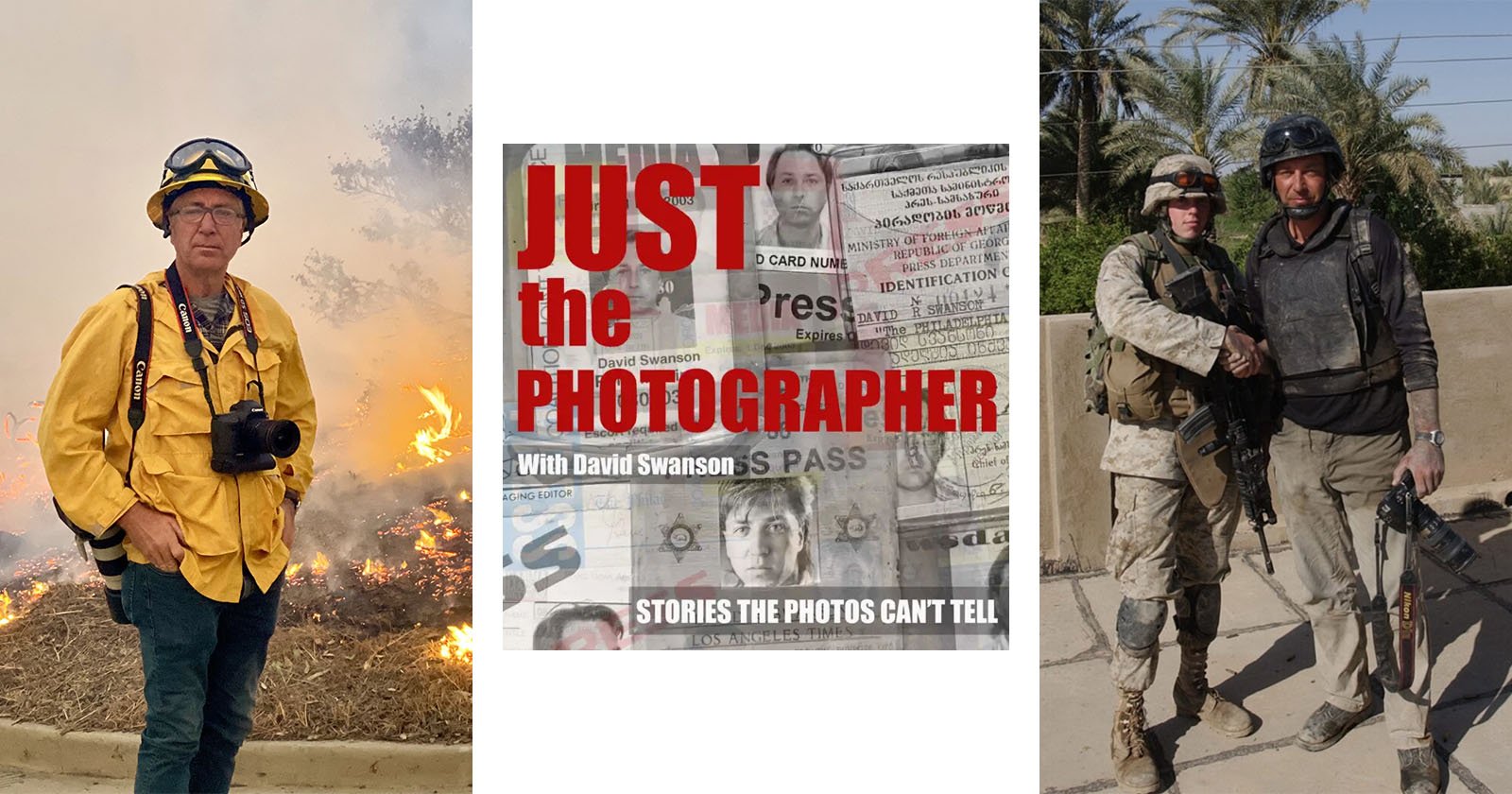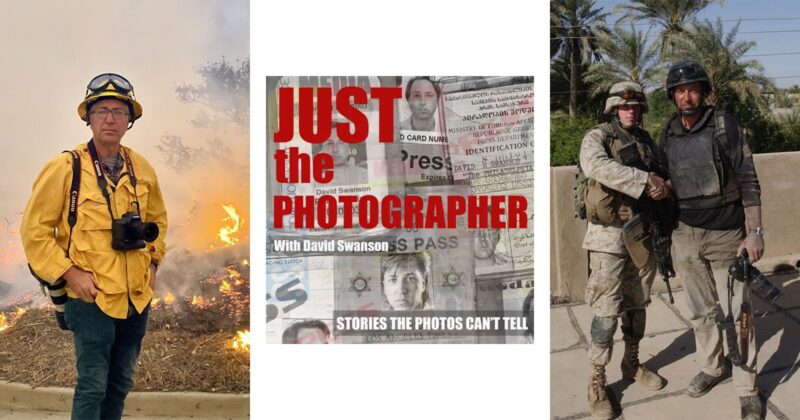
Photojournalist David Swanson was shot in the arm while he was embedded with U.S. Marines in Iraq in 2004. Later, he won the Pulitzer Prize for coverage of school violence in Philadelphia.
Yes, Swanson has plenty of stories about his 40-year career. He’s sharing them via a podcast series called “Just the Photographer: Stories the Photos Can’t Tell.” The first episode dropped on August 1.
The podcast features the blunt-spoken photographer describing conflict, risk, empathy, and documenting tough stories, starting with civil war in Bosnia.
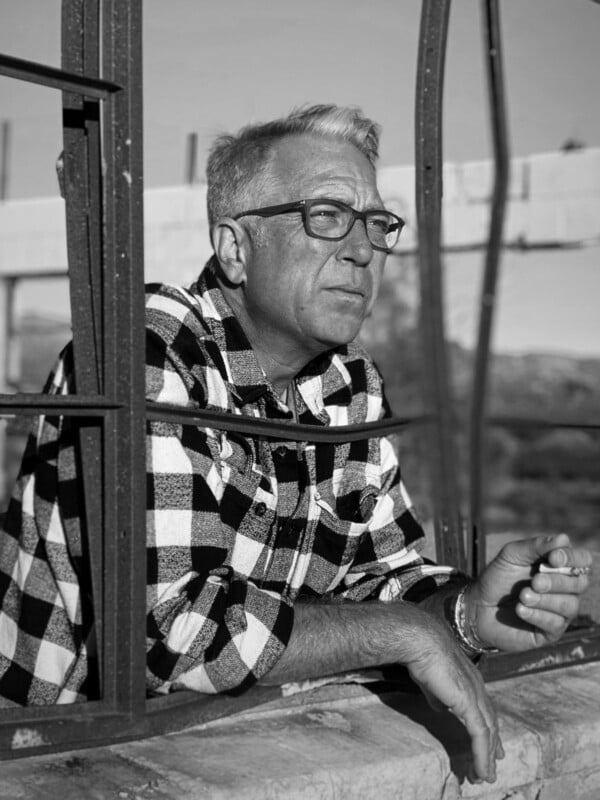 Photojournalist David Swanson Why Did Swanson Record These Podcasts?
Photojournalist David Swanson Why Did Swanson Record These Podcasts?
Swanson, an independent photographer based in Los Angeles, cites multiple motivating factors:
To let young photographers know what they’re getting into To explain photographers’ vital role in witnessing and documenting human events (not “enemies of the state”) Turning 60 Respect
Swanson says the podcast’s title “Just the Photographer” is taken from the question sometimes posed to news photographers who arrive at assignments and are asked, “are you the writer, or just the photographer?”
Credentials
In 2004, Swanson won a World Press Photo Golden Eye Award for his photos from Ramadi, Iraq. He was embedded with the 2nd Battalion, 4th Marines, Echo Company, which sustained heavy casualties, including 10 deaths in one day. Swanson was shot in the arm.
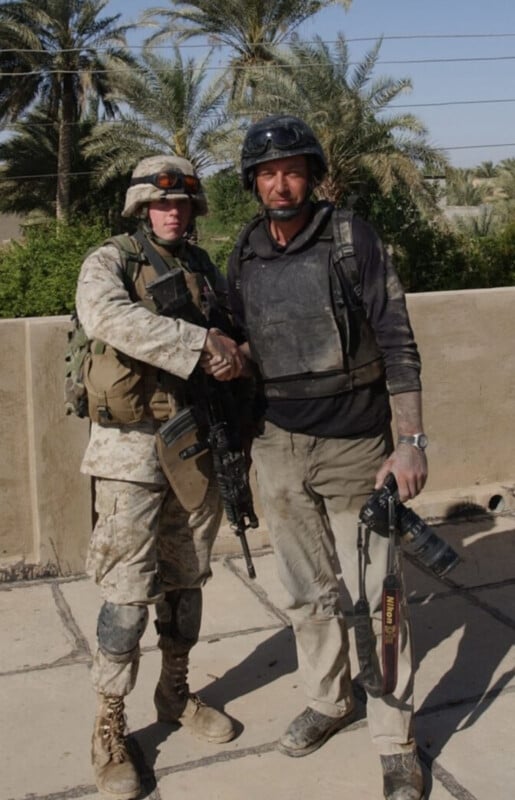 David Swanson (right) after he was shot in the arm in Iraq (photo provided by David Swanson)
David Swanson (right) after he was shot in the arm in Iraq (photo provided by David Swanson)
The previous year, he was embedded with the 10th Mountain Division in Afghanistan. For more than three decades, Swanson was a photojournalist at The Philadelphia Inquirer; he moved to Los Angeles in 2019.
Well-traveled Swanson covered top stories for The Inquirer: trapped miners in Pennsylvania, the earthquake in Haiti (2010), and Hurricane Katrina (2005). He covered the Jerry Sandusky trial and was hit in the head with a brick when student protests erupted after Penn State Football Coach Joe Paterno was fired in 2011.
In 2012, a team at The Inquirer — including Swanson — won the Pulitzer Prize for Public Service for coverage of pervasive violence in the city’s schools.
His early interest in news photography began in high school when he sold pictures of a fire to the York Dispatch in Pennsylvania. Swanson earned a photojournalism degree from Ohio University’s School of Visual Communication in 1988.
Fire Photography
Swanson’s current images from California appear worldwide. A specialty is fire photography, as reported by PetaPixel on January 8, 2025 and September 23, 2024.
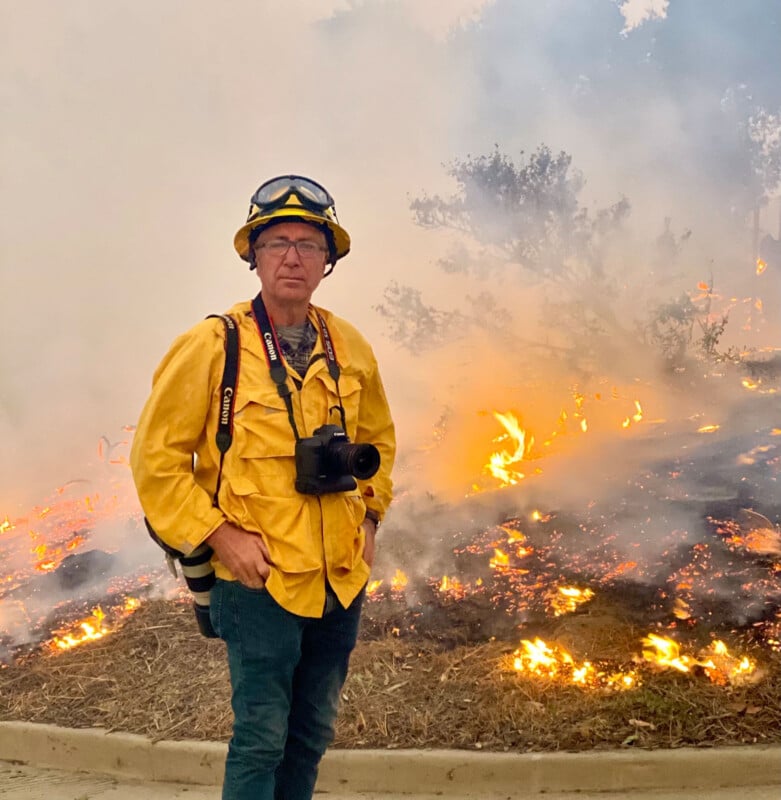 David Swanson covers California wildfires
David Swanson covers California wildfires
His widely published photos of the Gifford Fire in southern California appeared August 5 in The New York Times and elsewhere.
Top news outlets assign Swanson to photograph wildfires, celebrities on the red carpet, unrest prompted by deportation, and more.
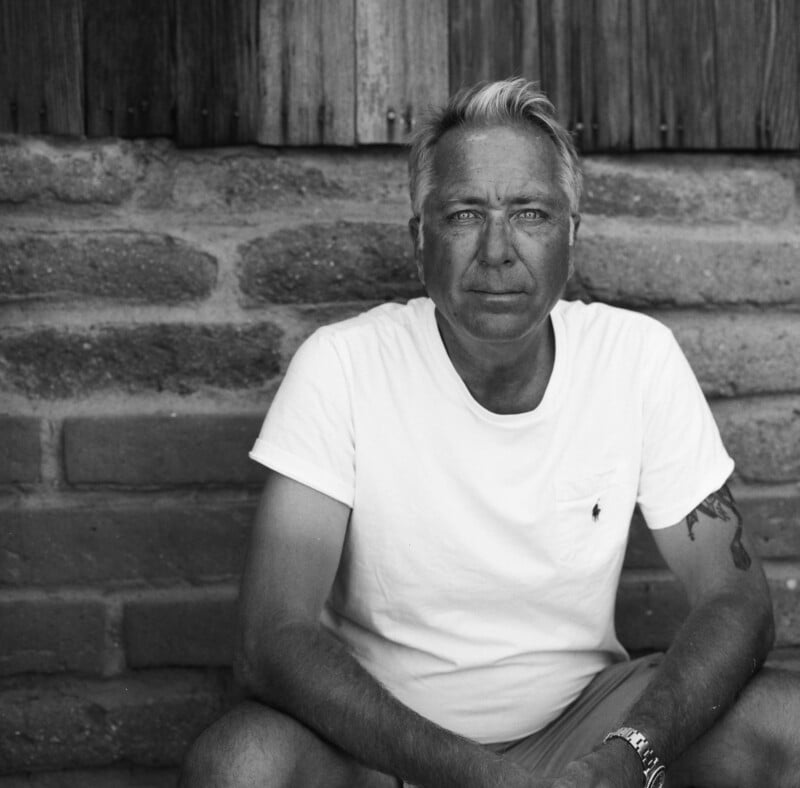 Photojournalist David Swanson
Photojournalist David Swanson
His photos of fire, conflict, and the glitz of Hollywood are perhaps worth a thousand words. But Swanson says they don’t tell the whole story, so he is adding his voice to explain his visual images via podcasts that share “Who, What, Where, How — And Most Importantly, WHY.”

